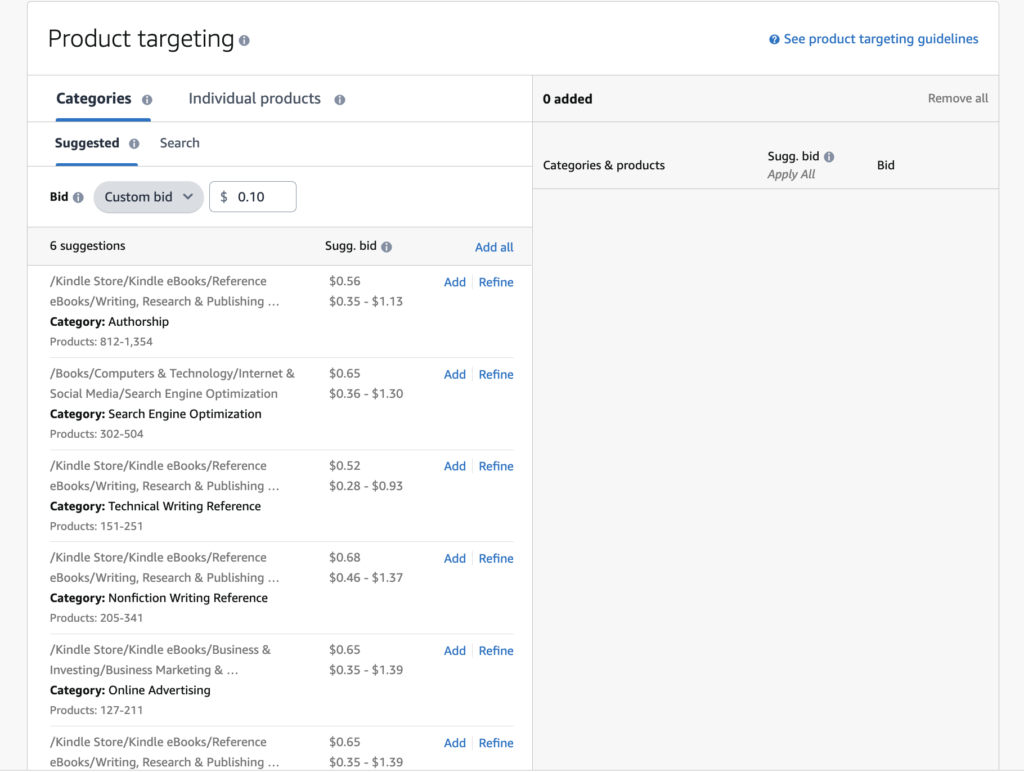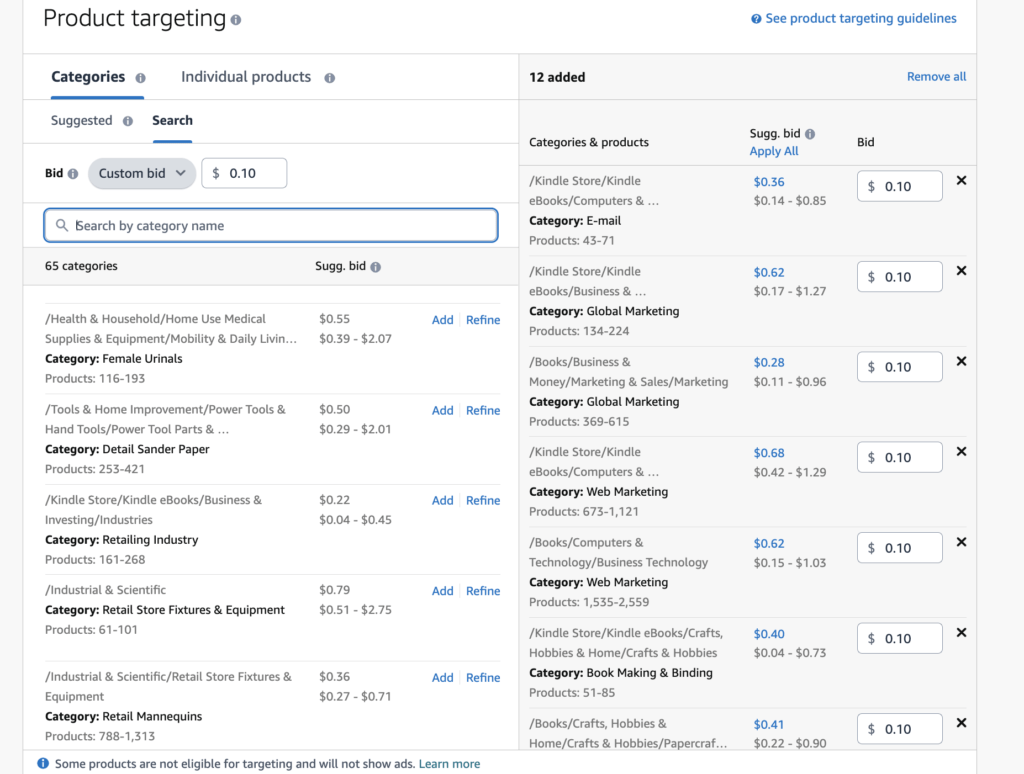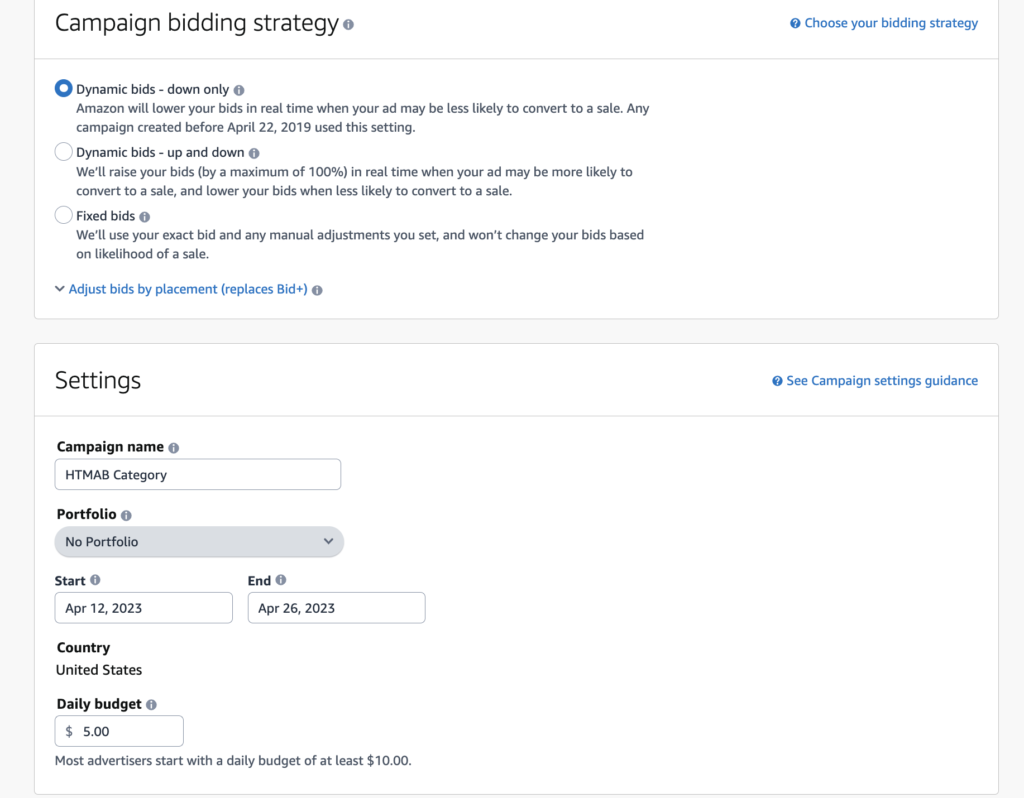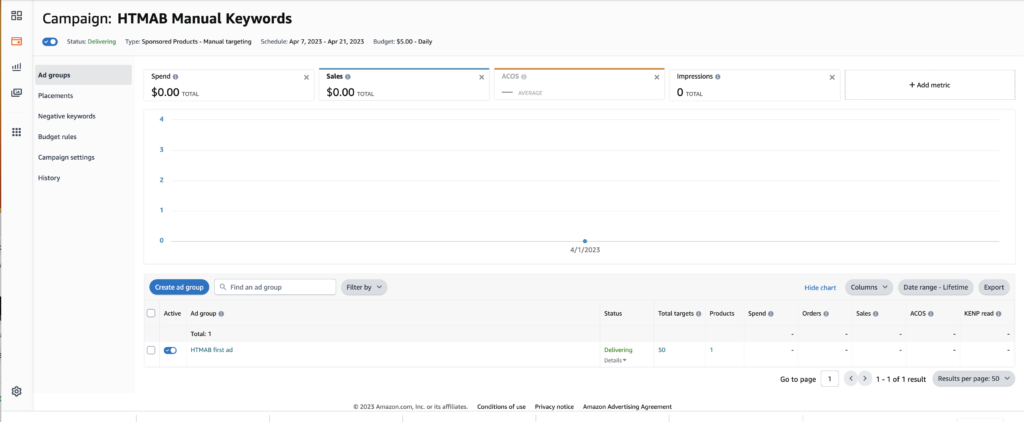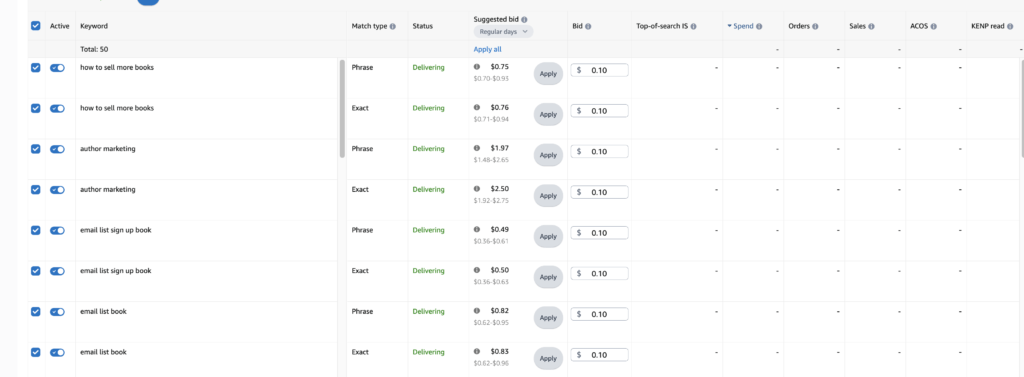Why You Don’t Need a Website for Your Book
When promoting your book, it might seem logical to create a dedicated website just for that title. After all, it’s your baby—you’ve poured countless hours into crafting every word. But here’s the reality: making a separate website for every book you publish is a colossal waste of time and energy. Instead, your focus should be on building an author website—a central hub for all your books, your brand, and your long-term career. Here’s why.
1. Author Websites Save Time and Resources
Creating a unique website for each book means multiplying your efforts:
- Separate domains: Paying for multiple domains and hosting services adds up quickly.
- Content creation: You’ll need to generate new content for every site to keep them active and relevant.
- Maintenance: Updates, SEO optimization, and security measures for multiple sites can become overwhelming.
An author website consolidates these tasks into one streamlined platform, allowing you to focus on what really matters—connecting with readers and writing your next book.
2. Readers Want You, Not Just Your Book
Your readers aren’t just buying one book—they’re investing in you as an author. They want:
- Insights into your writing process.
- Updates on upcoming releases.
- Access to all your work in one place.
A single author website creates a cohesive brand, making it easier for fans to discover your other books, follow your journey, and stay loyal to your work.
3. Marketing Is More Effective from a Centralized Hub
When you promote your book, the goal is to drive traffic to a site where readers can learn more and make a purchase. An author website:
- Improves discoverability: Instead of dividing traffic between multiple sites, you focus all your efforts on one domain, improving its SEO and authority.
- Cross-promotes your catalog: Readers who visit your site for one book can easily explore your other titles.
- Simplifies your call-to-action: Instead of directing people to multiple sites, you send them to one destination—your author website.
4. Future-Proofs Your Writing Career
If you’re serious about your writing, chances are this isn’t the last book you’ll publish. Having a separate site for each title creates unnecessary complexity every time you release a new book. An author website, on the other hand:
- Grows with you as your career evolves.
- Lets you add new pages or sections for each book without starting from scratch.
- Establishes a consistent identity over time, helping readers recognize and trust your brand.
5. Streamlines Your Email Marketing
Building an email list is one of the most powerful tools in an author’s marketing arsenal. But splitting that effort across multiple websites dilutes your subscriber base and makes it harder to manage. An author website:
- Provides a single, consistent place to collect email signups.
- Lets you promote all your books to the same audience.
- Makes it easy to send updates about your career, not just individual titles.
6. Author Websites Maximize Reader Engagement
A single website allows you to create a rich, engaging experience for your audience:
- A blog or news section to share updates and insights.
- A portfolio of your work, including past, present, and upcoming books.
- Multimedia elements like videos, podcasts, or behind-the-scenes content.
This all-in-one approach keeps readers coming back, building a deeper connection with your brand.
The Case Against Book-Specific Websites
If you’re still tempted to create a website for a single book, consider the drawbacks:
- Limited lifespan: A book-specific site loses relevance as soon as your next project comes out.
- Missed opportunities: Readers who enjoy one book might never find your others if they’re confined to separate sites.
- Scattered efforts: Managing multiple sites means less time for writing and marketing.
How to Build an Effective Author Website
Here’s what your author website should include:
- Homepage: A welcoming introduction that highlights your latest release or news.
- About Page: Share your story, your mission, and why you write.
- Books Section: A comprehensive listing of all your titles, complete with descriptions, purchase links, and bonus materials.
- Email Signup: Offer a lead magnet (like a free chapter or exclusive story) to grow your email list.
- Blog/News: Regular updates to keep readers engaged.
- Contact Information: Make it easy for fans, media, and collaborators to reach you.
Final Thoughts
A book-specific website may seem like a focused marketing tool, but in reality, it fragments your efforts, wastes your time, and misses the bigger picture. An author website, on the other hand, is an investment in your long-term success. It’s a single destination that grows with you, promotes all your work, and builds lasting relationships with your readers.
So, skip the book website. Focus on creating an author website that showcases your talent, engages your audience, and sets you up for a thriving writing career. Your future self will thank you!



